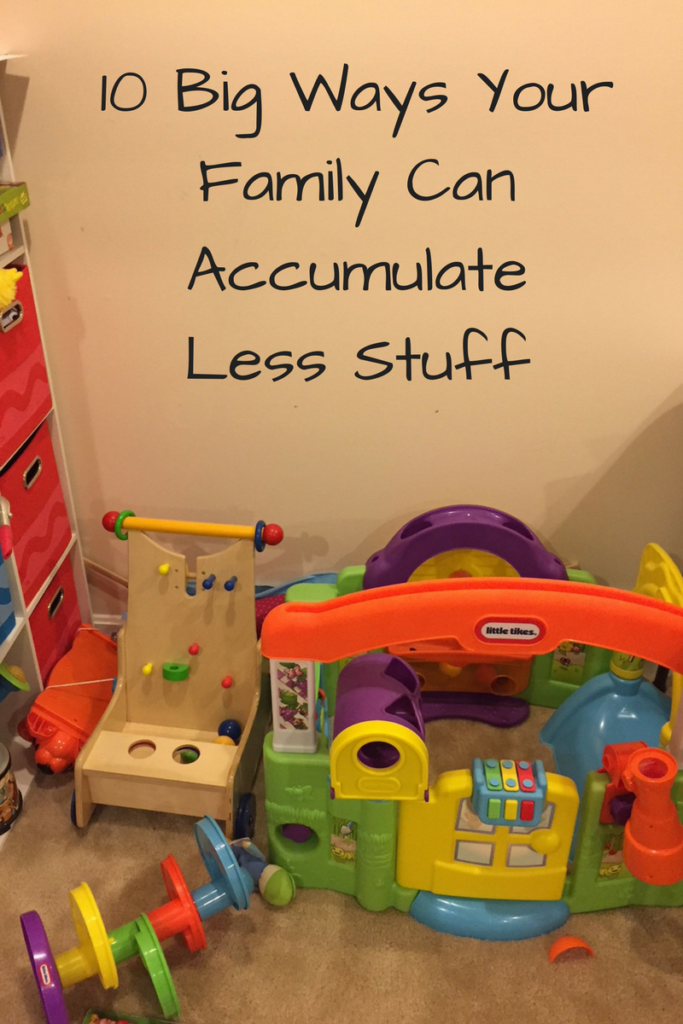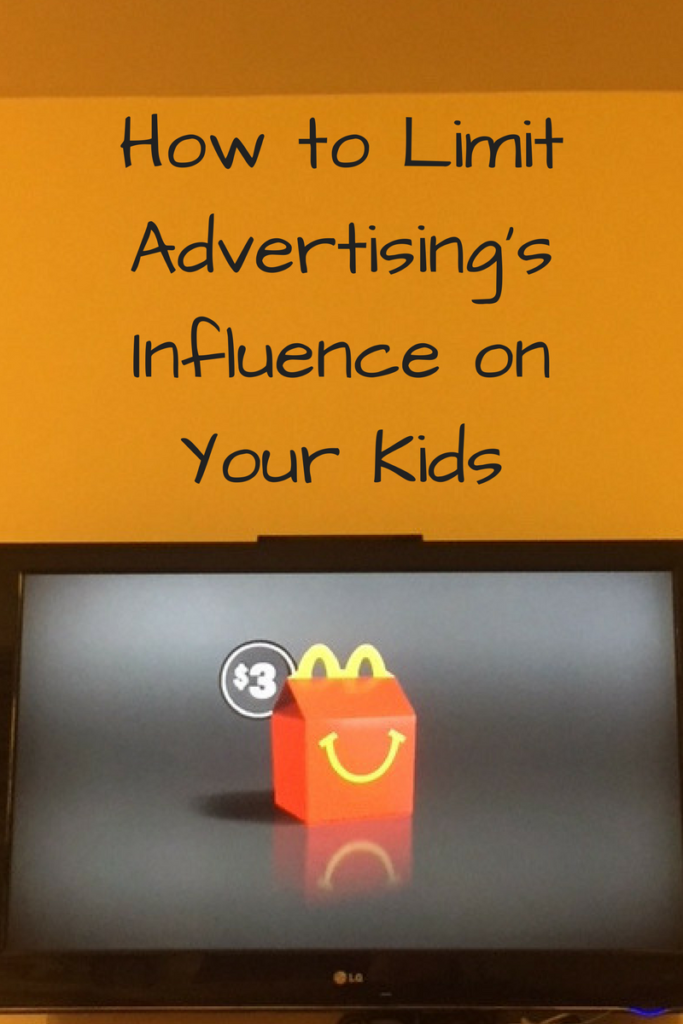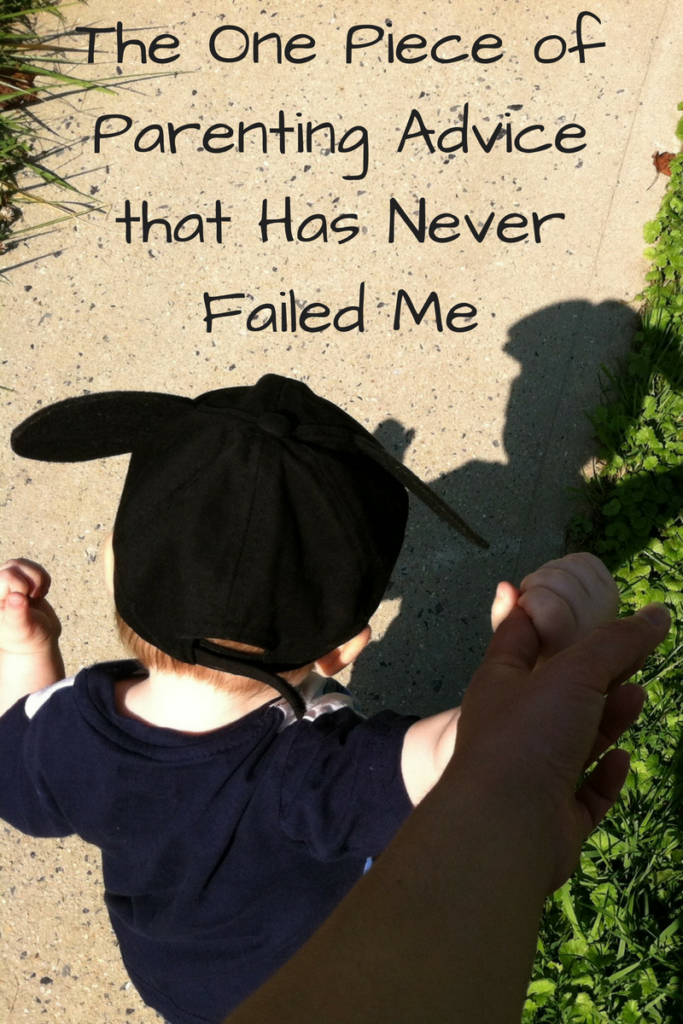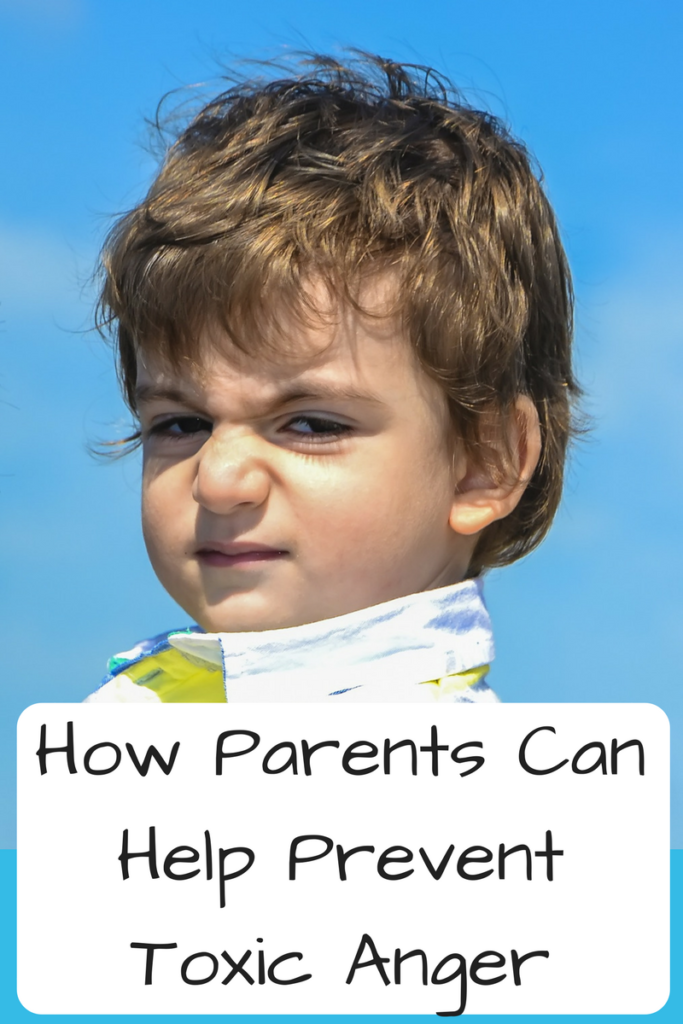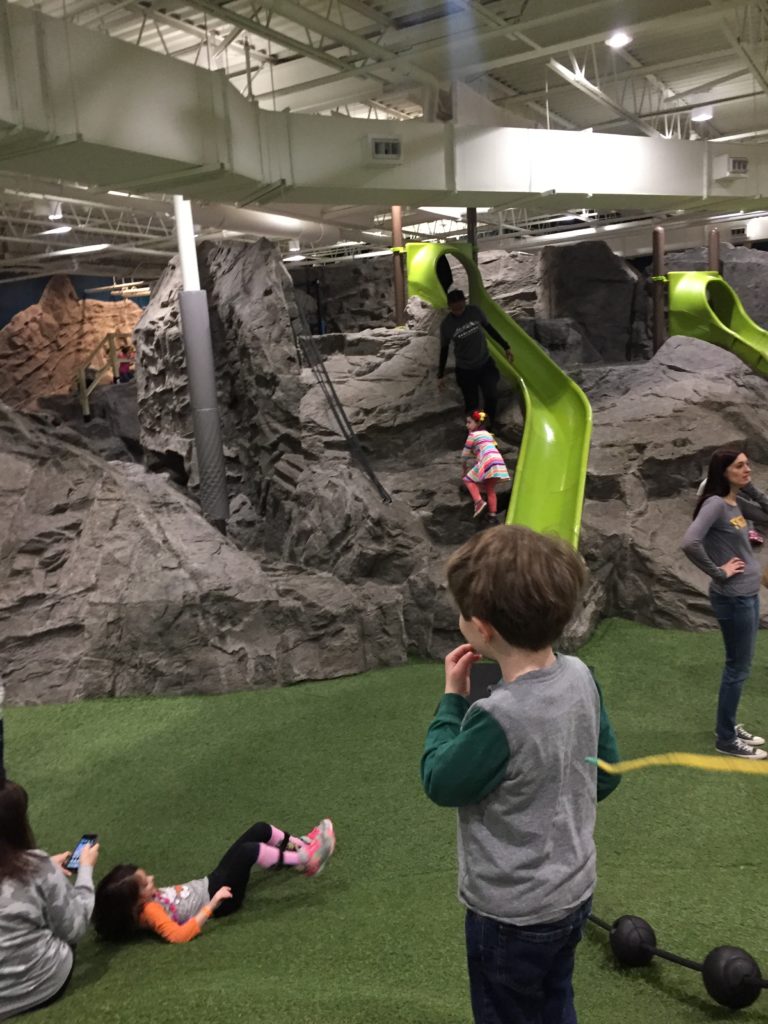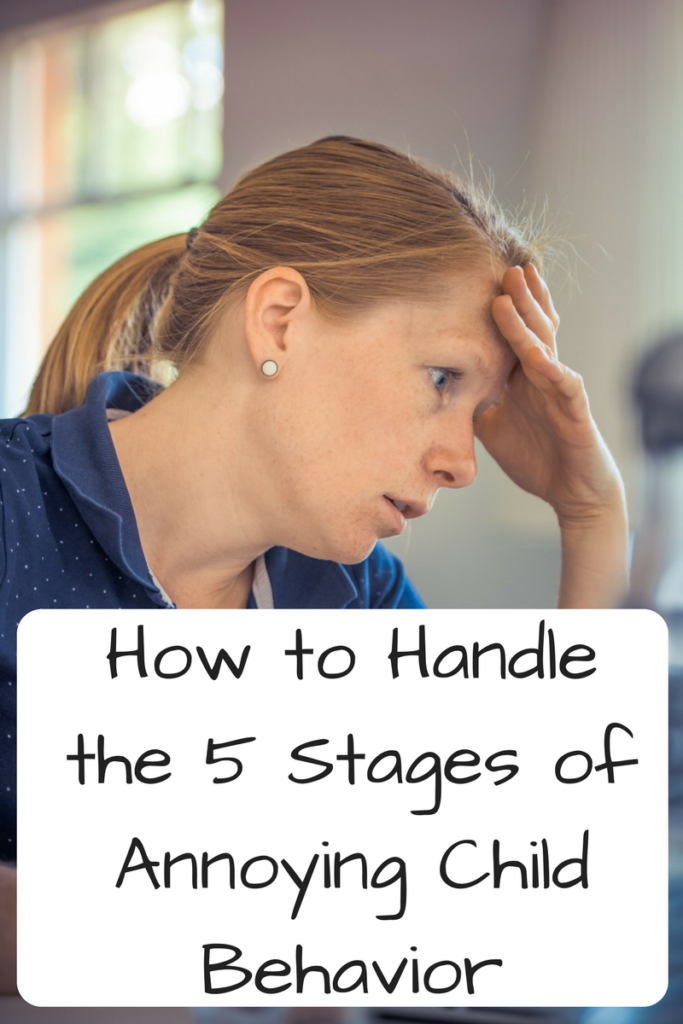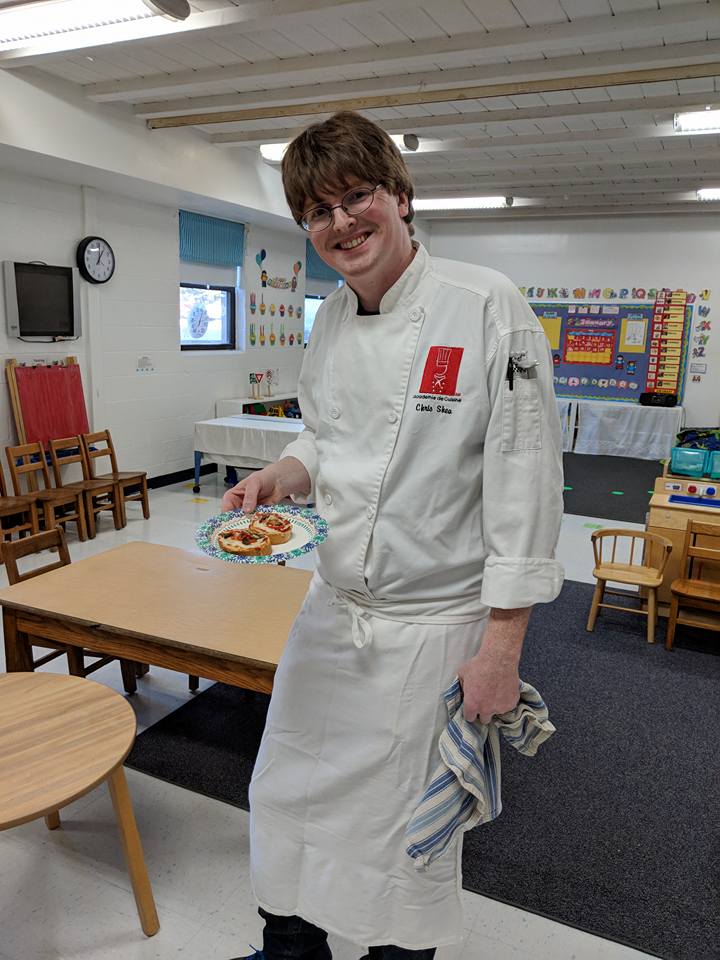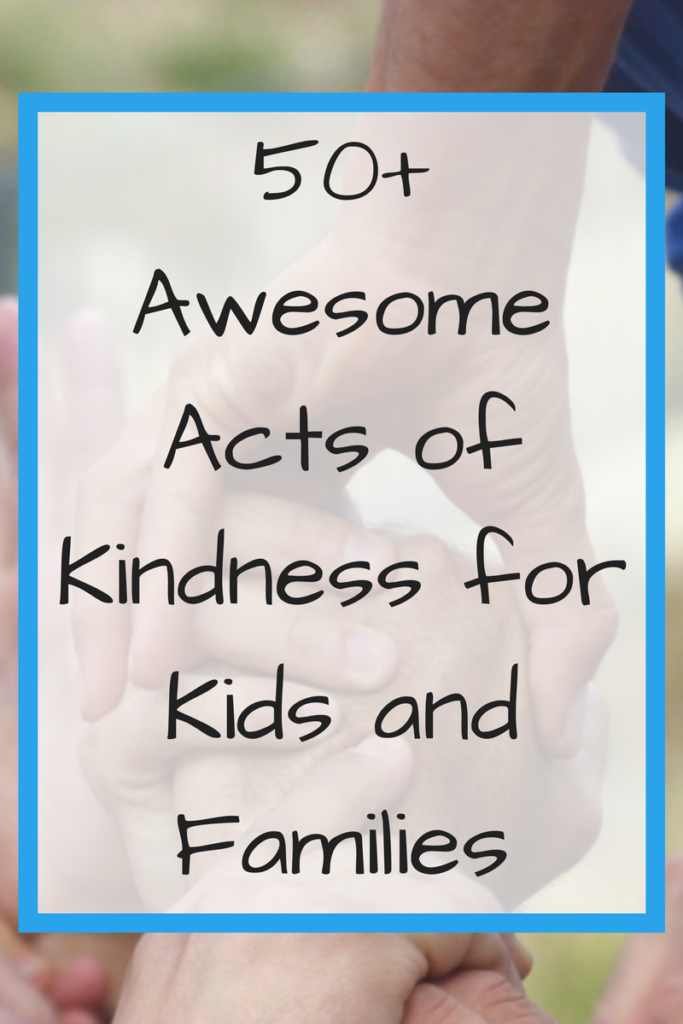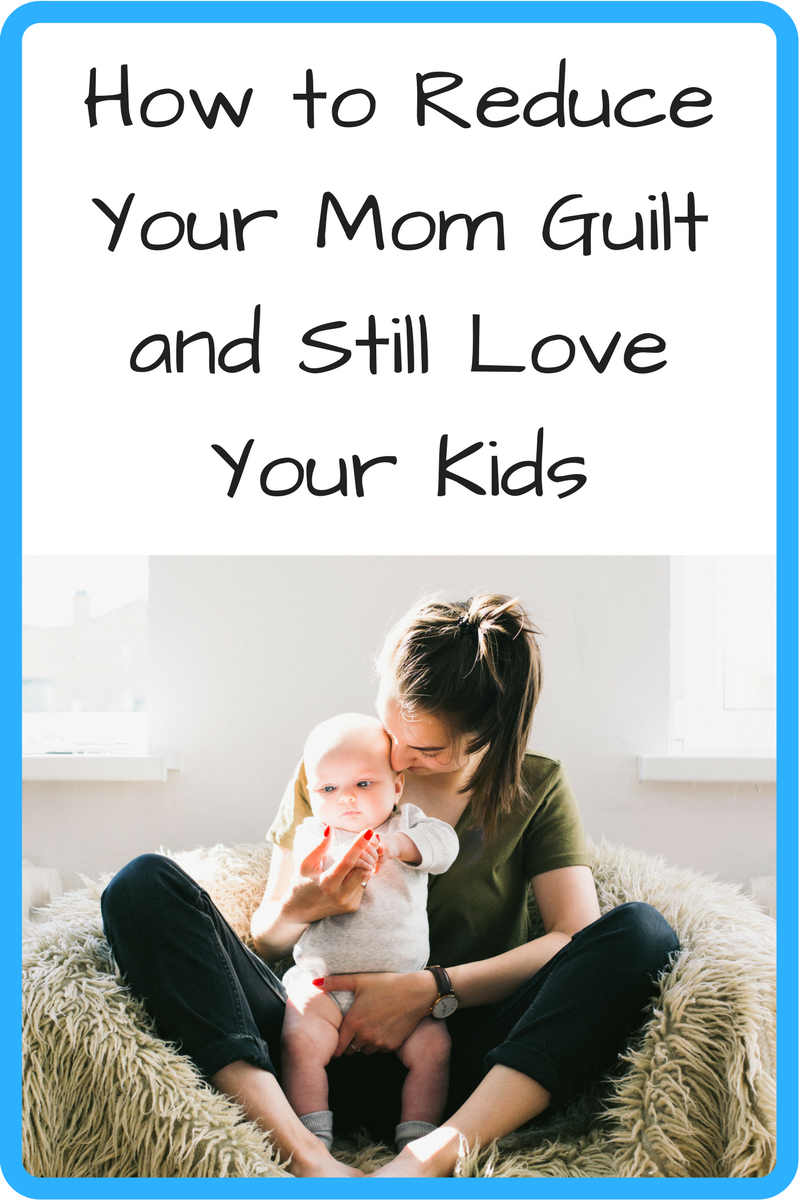Experiencing a lot of sibling conflict? If your kids are always arguing, try these eight approaches to building respectful relationships between your kids.
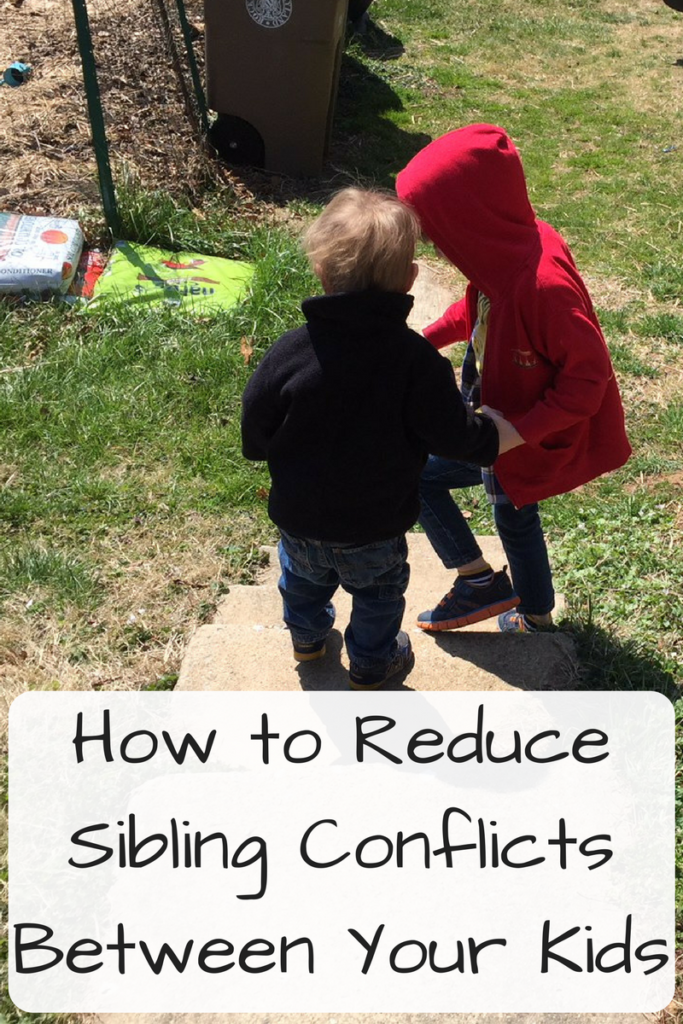
“It’s mine!” my four-year-old yelled, trying to pull the slinky away from my two-year-old. In response, my two-year-old scowled and responded, “Mine!” holding it even closer to his chest.
In moments like this, I wonder if we’re raising our kids to respect each other.
The next day, my older son (nicknamed Sprout) peeled stickers off a sheet and handed them to my younger son (nicknamed Little Bird) for a 15 full minutes. That was despite the fact that I knew my older son wanted those stickers for himself. As I listened to him ask his brother over and over, “What sticker do you want, Little Bird?” I smiled. Maybe we aren’t doing a bad job after all.
While there are definitely days I question what the hell is going on, our kids honestly have a great relationship. Here’s what we did that I think has helped build that relationship and reduce sibling conflict:
